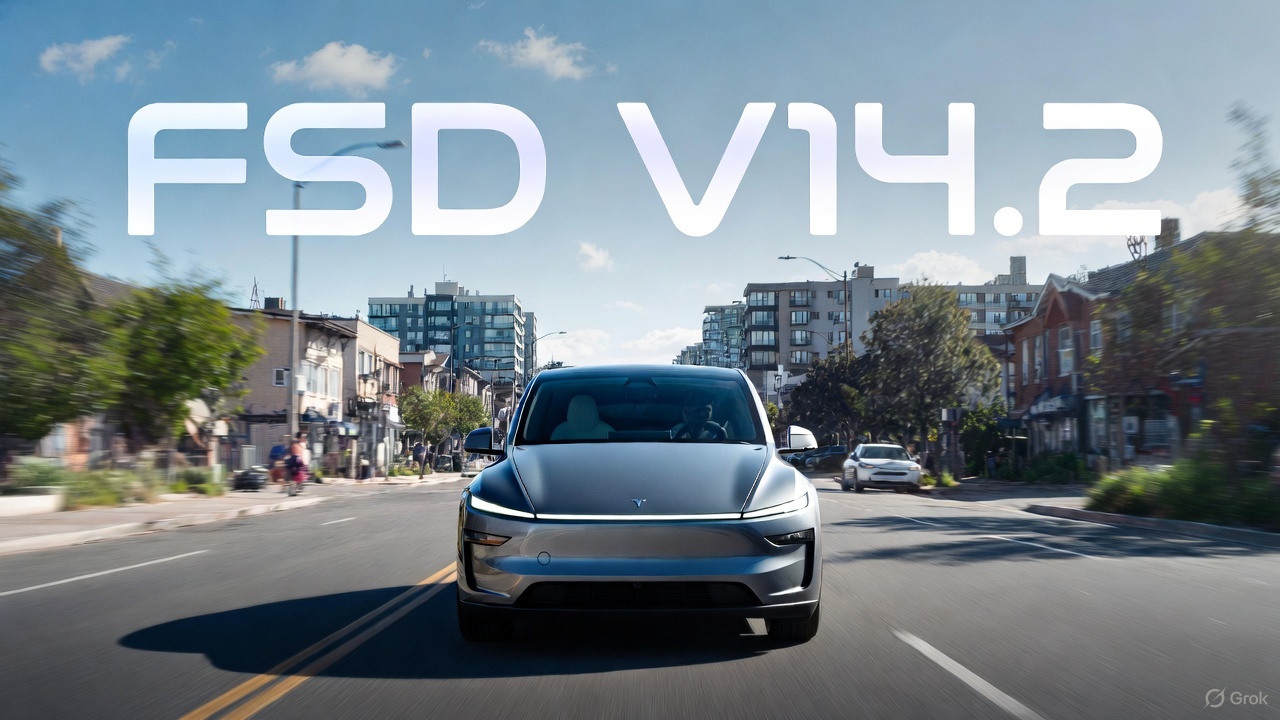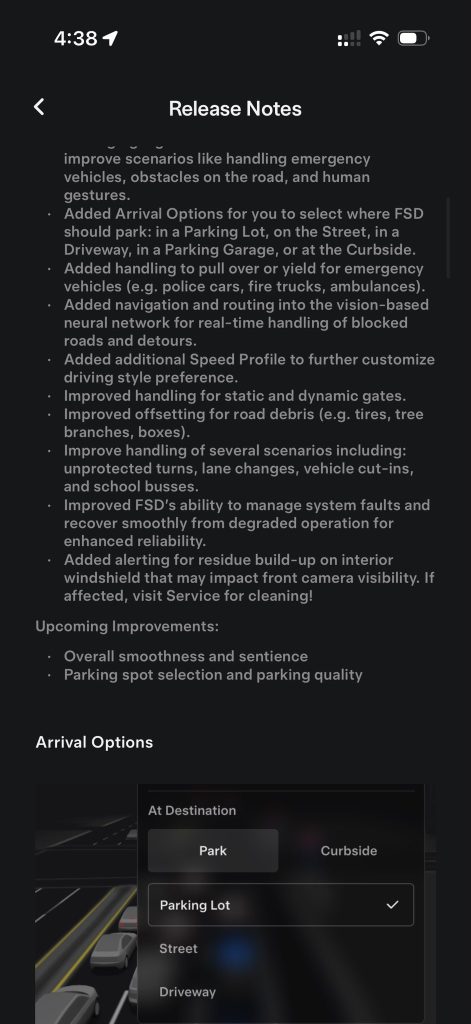

News
Russia woos Tesla as several regions compete for the right to build a Gigafactory
Tesla may still be facing possible delays in Germany due to the wait for Gigafactory Berlin’s final approval, but the EV maker is already receiving a far more welcome landscape in Russia. This was hinted at by several Russian governors following Elon Musk’s recent comments.
The Tesla CEO recently spoke at Russia’s New Knowledge Forum, where he discussed the company’s plans to enter the country. Musk noted that Tesla’s entry into Russia was imminent, and he reportedly remarked that the EV maker is also considering the country as the potential site of an upcoming facility. These comments promptly inspired a series of responses from numerous Russian officials, several of whom were intent on persuading Musk to set up a factory in their respective states.
Vladislav Shapsha, the head of the Kaluga region, immediately posted an invitation to Tesla on his Telegram channel. In his message, Shapsha remarked that Kaluga is completely ready for such a project. “Elon Musk announced the appearance of Tesla production in Russia at the New Knowledge marathon. I propose to open the first plant in the Kaluga region. The region is fully prepared for this,” he wrote.
Shapsha’s invitation soon found company, with Andrei Vorobyov, the governor of the Moscow region, also issuing an open invitation for Tesla and Elon Musk. Posting on Twitter–the Tesla CEO’s preferred platform for social media–the Moscow governor noted that his region would be the best place for a Tesla factory. Vorobyov noted that his region is already experienced with carmaking, especially since Mercedes-Benz already has a facility there.
@elonmusk Moscow region is definitely best for a #Tesla factory. Best talent, perfect logistics, Mercedes production already here! We’ll find you a perfect spot. pic.twitter.com/ayCGyBGy4y
— Андрей Воробьев (@VorobievAndrey) May 21, 2021
Not to be outdone, Alexander Brechalov, the head of the Udmurt Republic, posted an invitation on Twitter just minutes after the Moscow governor’s message. In his post, Brechalov noted that Tesla would be receiving tax breaks if the company decides to set up shop in Udmurt instead. He also stated that Tesla would be welcome in Udmurt, the “most entrepreneurial region in Russia.
@elonmusk Илон Маск заявил о планах размещения производства тесла в России. Welcome to Udmurtia! Площадка для вас готова!
— Александр Бречалов (@brechalov) May 21, 2021
Yevgeny Kuyvashev, the governor of the Sverdlovsk Region, called the Titanium Valley, a special economic zone in the area, a preferable location for an electric vehicle factory. In a post on Instagram, the governor hinted that Tesla could reduce the cost of establishing a plant in the region by 30%. He also issued an invitation to Elon Musk to attend the Innoprom industrial exhibition in July.
View this post on Instagram
Other Russian officials who opted to not use social media also joined the fray, such as the authorities of the Kaliningrad region, who remarked that they are ready to host the production of Tesla’s electric cars. Dmitry Lyskov, the head of the press service of the regional government, noted that authorities are optimistic about the idea of Tesla setting up a facility in Kaliningrad. Lyskov further remarked that Tesla’s arrival in the region would likely result in more jobs for residents in the area.
The governor of the Oryol (Eagle) Region Andrei Klychkov also issued a statement for the Tesla CEO. Using a bit of symbolism, the Oryol governor noted that the Eagle is a symbol of “fearlessness and a conquest of the peaks,” making it a perfect match for Tesla’s bold and ambitious philosophy. Klychkov also promised that Tesla would receive some “unique and exclusive officers” in logistics and infrastructure if it does establish a facility in the region.
Don’t hesitate to contact us for news tips. Just send a message to tips@teslarati.com to give us a heads up.

Elon Musk
SpaceX Starship Version 3 booster crumples in early testing
Photos of the incident’s aftermath suggest that Booster 18 will likely be retired.

SpaceX’s new Starship first-stage booster, Booster 18, suffered major damage early Friday during its first round of testing in Starbase, Texas, just one day after rolling out of the factory.
Based on videos of the incident, the lower section of the rocket booster appeared to crumple during a pressurization test. Photos of the incident’s aftermath suggest that Booster 18 will likely be retired.
Booster test failure
SpaceX began structural and propellant-system verification tests on Booster 18 Thursday night at the Massey’s Test Site, only a few miles from Starbase’s production facilities, as noted in an Ars Technica report. At 4:04 a.m. CT on Friday, a livestream from LabPadre Space captured the booster’s lower half experiencing a sudden destructive event around its liquid oxygen tank section. Post-incident images, shared on X by @StarshipGazer, showed notable deformation in the booster’s lower structure.
Neither SpaceX nor Elon Musk had commented as of Friday morning, but the vehicle’s condition suggests it is likely a complete loss. This is quite unfortunate, as Booster 18 is already part of the Starship V3 program, which includes design fixes and upgrades intended to improve reliability. While SpaceX maintains a rather rapid Starship production line in Starbase, Booster 18 was generally expected to validate the improvements implemented in the V3 program.
Tight deadlines
SpaceX needs Starship boosters and upper stages to begin demonstrating rapid reuse, tower catches, and early operational Starlink missions over the next two years. More critically, NASA’s Artemis program depends on an on-orbit refueling test in the second half of 2026, a requirement for the vehicle’s expected crewed lunar landing around 2028.
While SpaceX is known for diagnosing failures quickly and returning to testing at unmatched speed, losing the newest-generation booster at the very start of its campaign highlights the immense challenge involved in scaling Starship into a reliable, high-cadence launch system. SpaceX, however, is known for getting things done quickly, so it would not be a surprise if the company manages to figure out what happened to Booster 18 in the near future.
News
Tesla FSD (Supervised) is about to go on “widespread” release
In a comment last October, Elon Musk stated that FSD V14.2 is “for widespread use.”

Tesla has begun rolling out Full Self-Driving (Supervised) V14.2, and with this, the wide release of the system could very well begin.
The update introduces a new high-resolution vision encoder, expanded emergency-vehicle handling, smarter routing, new parking options, and more refined driving behavior, among other improvements.
FSD V14.2 improvements
FSD (Supervised) V14.2’s release notes highlight a fully upgraded neural-network vision encoder capable of reading higher-resolution features, giving the system improved awareness of emergency vehicles, road obstacles, and even human gestures. Tesla also expanded its emergency-vehicle protocols, adding controlled pull-overs and yielding behavior for police cars, fire trucks, and ambulances, among others.
A deeper integration of navigation and routing into the vision network now allows the system to respond to blocked roads or detours in real time. The update also enhances decision-making in several complex scenarios, including unprotected turns, lane changes, vehicle cut-ins, and interactions with school buses. All in all, these improvements should help FSD (Supervised) V14.2 perform in a very smooth and comfortable manner.
Elon Musk’s predicted wide release
The significance of V14.2 grows when paired with Elon Musk’s comments from October. While responding to FSD tester AI DRIVR, who praised V14.1.2 for fixing “95% of indecisive lane changes and braking” and who noted that it was time for FSD to go on wide release, Musk stated that “14.2 for widespread use.”
FSD V14 has so far received a substantial amount of positive reviews from Tesla owners, many of whom have stated that the system now drives better than some human drivers as it is confident, cautious, and considerate at the same time. With V14.2 now rolling out, it remains to be seen if the update also makes it to the company’s wide FSD fleet, which is still populated by a large number of HW3 vehicles.
News
Tesla FSD V14.2 starts rolling out to initial batch of vehicles
It would likely only be a matter of time before FSD V14.2 videos are posted and shared on social media.

Tesla has begun pushing Full Self-Driving (Supervised) v14.2 to its initial batch of vehicles. The update was initially observed by Tesla owners and veteran FSD users on social media platform X on Friday.
So far, reports of the update have been shared by Model Y owners in California whose vehicles are equipped with the company’s AI4 hardware, though it would not be surprising if more Tesla owners across the country receive the update as well.
Based on the release notes of the update, key improvements in FSD V14.2 include a revamped neural network for better detection of emergency vehicles, obstacles, and human gestures, as well as options to select arrival spots.
It would likely only be a matter of time before FSD V14.2 videos are posted and shared on social media.
Following are the release notes of FSD (Supervised) V14.2, as shared on X by longtime FSD tester Whole Mars Catalog.


Release Notes
2025.38.9.5
Currently Installed
FSD (Supervised) v14.2
Full Self-Driving (Supervised) v14.2 includes:
- Upgraded the neural network vision encoder, leveraging higher resolution features to further improve scenarios like handling emergency vehicles, obstacles on the road, and human gestures.
- Added Arrival Options for you to select where FSD should park: in a Parking Lot, on the Street, in a Driveway, in a Parking Garage, or at the Curbside.
- Added handling to pull over or yield for emergency vehicles (e.g. police cars, fire trucks, ambulances.
- Added navigation and routing into the vision-based neural network for real-time handling of blocked roads and detours.
- Added additional Speed Profile to further customize driving style preference.
- Improved handling for static and dynamic gates.
- Improved offsetting for road debris (e.g. tires, tree branches, boxes).
- Improve handling of several scenarios including: unprotected turns, lane changes, vehicle cut-ins, and school busses.
- Improved FSD’s ability to manage system faults and improve scenarios like handling emergency vehicles, obstacles on the road, and human gestures.
- Added Arrival Options for you to select where FSD should park: in a Parking Lot, on the Street, in a Driveway, in a Parking Garage, or at the Curbside.
- Added handling to pull over or yield for emergency vehicles (e.g. police cars, fire trucks, ambulances).
- Added navigation and routing into the vision-based neural network for real-time handling of blocked roads and detours.
- Added additional Speed Profile to further customize driving style preference.
- Improved handling for static and dynamic gates.
- Improved offsetting for road debris (e.g. tires, tree branches, boxes).
- Improve handling of several scenarios, including unprotected turns, lane changes, vehicle cut-ins, and school buses.
- Improved FSD’s ability to manage system faults and recover smoothly from degraded operation for enhanced reliability.
- Added alerting for residue build-up on interior windshield that may impact front camera visibility. If affected, visit Service for cleaning!
Upcoming Improvements:
- Overall smoothness and sentience
- Parking spot selection and parking quality








